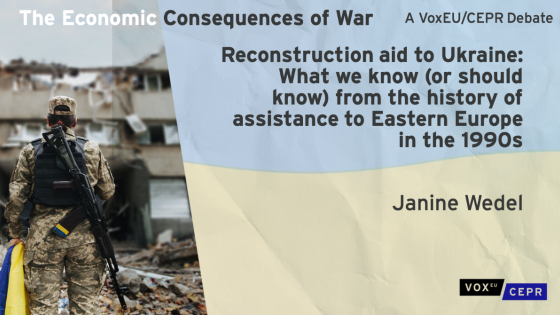DP609 Monopoly, Tying and Reciprocity: An Application to International Trade
This paper sees countertrade as a means by which the PCPEs (previously centrally planned economies) and LDCs extract some of the monopoly profits from firms in OECD countries to subsidize their exports. Viewed in this way, countertrade is an exchange of market entry for marketing assistance in which the PCPEs and LDCs effectively shift the terms of trade in their favour. Based on a new sample of 230 countertrade contracts, which have been signed between firms in OECD countries and PCPEs and LDCs in the period between 1984 and 1988, the paper estimates the likelihood of such terms-of-trade change as a function of the market power of OECD firms, the extent to which goods offered by the PCPEs/LDCs in the contract reflect comparative advantage, and the information available in the bargaining over the terms of the contract. The data are consistent with the view that countertrade is used by the PCPEs/LDCs as a vehicle to reduce the effective price of their imports. Since it is equivalent to an import tax cum export subsidy in the presence of foreign market power, countertrade raises the welfare of the PCPEs/LDCs by allowing them to recapture some of the monopoly rents the OECD firms are extracting from their consumers in PCPEs/LDCs.

